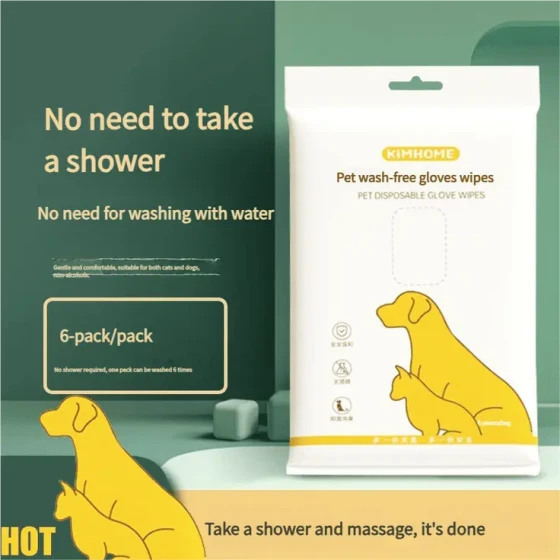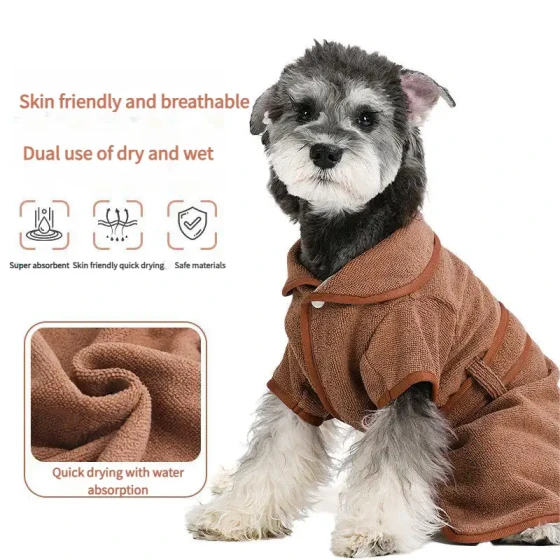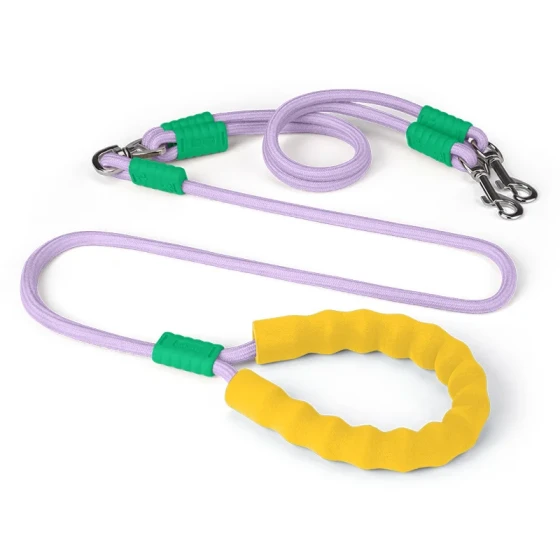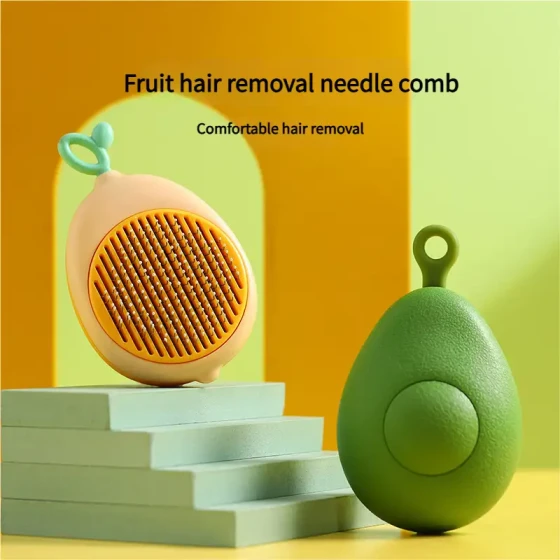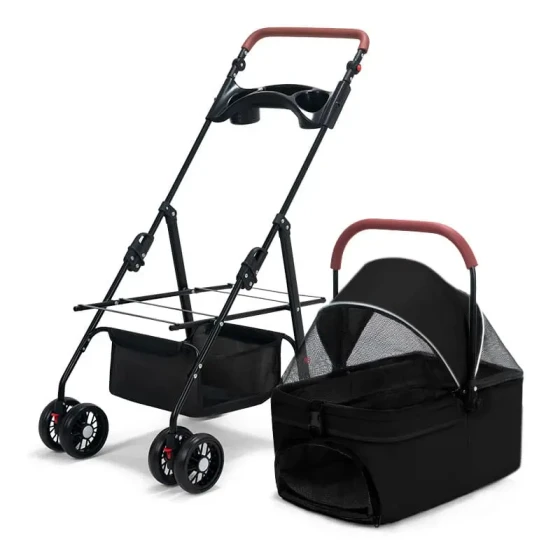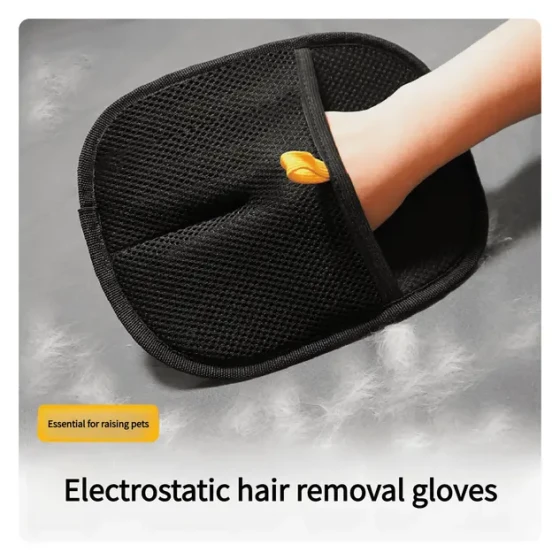Dog Earwax and Ear Hair Cleaning Methods
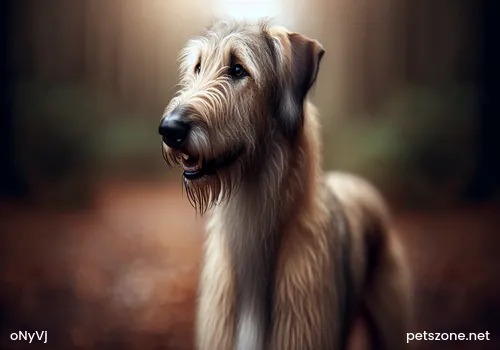
For dogs with mild earwax, cleaning is relatively simple. First, gently use your hand to move the hair around the dog’s ear, lift the ear flap, dip a cotton swab in some glycerin, and apply it to the dog’s outer ear canal. Then massage the base of the ear by gently squeezing the dog’s ear with your hand to distribute the oil inside the ear evenly. Finally, wipe it clean with a cotton swab or small cotton ball.
Cleaning Earwax:
For dogs with mild earwax, cleaning is relatively simple. First, gently use your hand to move the hair around the dog’s ear, lift the ear flap, dip a cotton swab in some glycerin, and apply it to the dog’s outer ear canal. Then massage the base of the ear by gently squeezing the dog’s ear with your hand to distribute the oil inside the ear evenly. Finally, wipe it clean with a cotton swab or small cotton ball.
If the earwax is too much or too hard, you must first disinfect the outer ear canal with an alcohol cotton ball, then apply 3% sodium bicarbonate ear drops or 2% boric acid water (you can also buy specialized pet ear drops at a pet store or hospital) on the earwax area. After the dried earwax softens, gently remove it with small tweezers. Be careful not to insert the tweezers too deep. Your attention must be highly focused. If the dog shakes its head, quickly remove the tweezers to avoid injuring the eardrum or puncturing the ear canal membrane. Dog ears are very delicate; please be extremely cautious when cleaning.
For inflamed ear canals, you can use anti-inflammatory ear drops like 4% boric acid glycerin ear drops, 2.5% chloramphenicol glycerin ear drops, or cortisone neomycin ear drops, three times a day, two to three drops each time. Pull up the dog’s ear to let the drops flow deep into the ear, then gently massage with your hand to aid absorption. If financially possible, it is best to buy specialized anti-inflammatory ear drops from a pet hospital. For less severe cases, chloramphenicol eye drops can be substituted, but if no improvement after several days, you should seek veterinary care.
Cleaning Ear Hair:
For some long-haired floppy-ear dogs, ear hair needs regular cleaning to prevent it from acting like a filter that blocks normal earwax discharge, causing ear canal inflammation. Removing hair that grows inside the ear canal is especially troublesome, but pet parents of breeds like Pekingese, Bichon Frise, Old English Sheepdog, Poodle, Yorkshire Terrier, and other long-haired dogs should be aware of regular ear hair cleaning.
Cleaning ear hair means plucking hair, not trimming. Trimming leaves the hair roots in the skin, and the short trimmed hairs will keep growing. Along with new hair, the amount of ear hair inside the ear will increase, which fundamentally cannot achieve the purpose of cleaning. When plucking ear hair, grasp a small tuft of hair tightly and pull it out quickly. This process can be painful, so dogs may feel uneasy. There is a special ear powder that can make this process easier.
Before plucking, put some ear powder inside the ear and rub it with your hand. The minty, cooling ear powder can soothe the dog’s tension and reduce pain. Don’t worry about the powder remaining in the dog’s ear—once the ear hair is cleaned, with no hair obstruction, the dog will shake its head and shake out the excess powder.
Finally, remember to massage the base of the dog’s ear after every ear hair plucking session, gently caress its head, and comfort and praise it.
